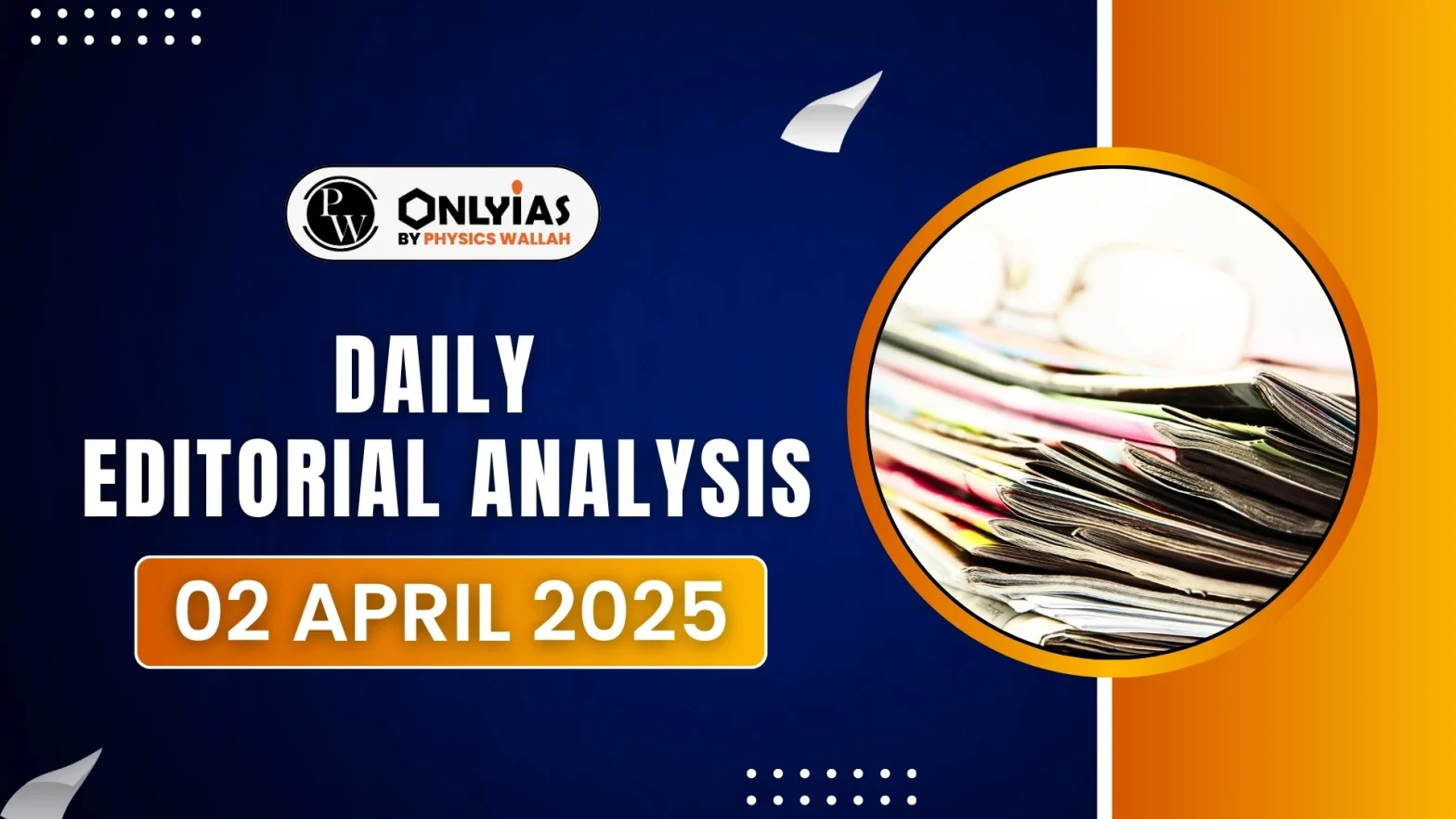Understanding Disinformation
- Definition: Disinformation refers to false or misleading information that is deliberately spread with the intention of deceiving people or creating confusion.
- Purpose: The goal of disinformation is to manipulate public opinion, often to create divisions within society or politics, mislead voters, or undermine trust in institutions.
- Social Media: A prime example of disinformation is the spread of fake news through WhatsApp forwards, especially during elections, where misleading information can sway voter opinions and undermine democratic processes.
- Massive User Base: India has one of the largest social media user bases in the world, with over 400 million Facebook users and 500 million WhatsApp users.
- This makes India especially vulnerable to the spread of disinformation, as these platforms are commonly used to spread false information quickly.
Impact of Disinformation
- Global Risks Report 2025: The report highlights high concern about disinformation particularly in wealthier nations, where access to digital platforms is widespread. However, the impact on emerging economies like India is growing rapidly due to its large digital user base.
- Digital Surge: India has an immense digital population, with millions of internet users and a strong presence on social media platforms like WhatsApp, Facebook, and Instagram.
- This large digital presence exposes India to a higher volume of disinformation, where false narratives can spread quickly and widely.
- Democratic Damage: If the public fails to recognize disinformation, the damage to democracy is inevitable. Disinformation has the power to mislead voters, distort elections, and undermine public trust in democratic processes.
- Dividing Society: Disinformation deepens political and societal divides, making it harder to reach consensus on critical national issues and leading to polarization within communities.
Recommendations for Addressing Disinformation
- Ethics Training for Developers: One of the key recommendations from the Global Risks Report 2025 is to upskill developers of algorithms that power digital platforms.
- This involves providing them with ethics training to ensure the responsible use of algorithms and prevent the amplification of harmful disinformation.
- Enhancing Digital Awareness: The report emphasizes the need to improve digital literacy among the public. As users of digital platforms, individuals need to be equipped with the skills to identify and counter disinformation effectively.
- AI Supervision: With the rapid growth of AI in content distribution, the report suggests establishing supervisory boards and councils to ensure AI accountability.
- These bodies would oversee the ethical deployment of AI and ensure that its use does not inadvertently contribute to the spread of harmful or misleading content.
Steps taken by India
- Overview of Shakti: In response to the rising challenges of disinformation during the 2024 elections, India initiated Shakti, a dedicated election fact-checking collective.
- Deepfake Analysis Unit: To tackle the growing threat of manipulated and synthetic media, India established a Deepfake Analysis Unit during the 2024 elections.
India’s Leverage on Big Tech
- Strategic Advantage: India is home to the largest user base for social media platforms globally, with millions actively engaging on platforms such as Facebook, WhatsApp, and Instagram.
- This massive digital footprint provides India with a unique leverage to push for greater accountability and responsibility from big tech companies.
- Audit Requirements: India can demand independent audits and risk assessments of algorithms and data handling practices employed by social media platforms.
- EU Model for Transparency: The EU’s Digital Services Act (DSA) mandates transparency in how platforms manage content, data, and user interactions, setting a crucial benchmark for digital governance.
- Targeting Major Platforms: Any digital platform in India with more than 45 million active users can be subjected to stringent regulations.
Challenges Associated with Regulating Disinformation
- Excessive Control: While regulation is essential for curbing disinformation and ensuring accountability, excessive control can infringe on democratic freedoms.
- Privacy Concerns: Surveillance tools, although necessary for identifying disinformation and safeguarding public security, must not undermine individuals’ right to privacy.
- Global Trend: According to the World Economic Forum (WEF) report, both censorship and surveillance are growing global risks, especially in countries grappling with the balance between national security and civil rights.
- Regulation with Responsibility: It is vital to strike a balance between necessary regulation for curbing disinformation and preserving personal freedoms.
Way Forward
- Transparency in Ads: Requiring the disclosure of funding and targeting details in advertisements helps to expose the identities of individuals or organizations behind misleading content or disinformation campaigns.
- Accountability: By revealing who funds or sponsors content, it becomes harder for malicious actors to spread fake narratives without being traced or held accountable.
- Building Trust: Public trust in digital platforms can only be maintained when users can see where information is coming from and understand who is behind it.
- Combating Disinformation: Investing in research and development is essential to create advanced tools that can detect fake content more effectively, especially in the face of sophisticated deepfakes and AI-generated misinformation.
- Innovative Detection Methods: Tools like AI-powered image recognition, natural language processing, and behavioral analysis algorithms should be developed to identify and flag fake content quickly and accurately.
- Safeguarding Data and Privacy: India must prioritize the development of cybersecurity infrastructure that is specifically designed to handle emerging AI-based threats, ensuring that sensitive data is protected from misuse and malicious attacks.
- Successful Model: The Reserve Bank of India’s (RBI) Financial Literacy Campaign featuring Amitabh Bachchan is a prime example of how celebrity-driven initiatives can help educate the masses.
- Addressing the Digital Divide: With the rise of digital platforms, there is an urgent need to broaden these campaigns to include digital and media literacy.
- Unified Effort: Combating disinformation requires a collaborative approach involving civil society, fact-checkers, and regulators. Each party plays a pivotal role in the fight against fake news and misleading narratives.
- Data-Driven Approaches: It is crucial to formulate evidence-based policies that address the real-time challenges of disinformation.
- By collecting data from fact-checkers, social media platforms, and news agencies, regulators can identify patterns of misinformation and develop proactive strategies.
- Funding Research: It is essential for governments and private organizations to fund independent research on disinformation and FIMI to understand emerging threats, identify effective solutions, and develop countermeasures.
- Legal Safeguards: Journalists are often on the frontline in exposing misinformation, and as such, strong legal protections must be in place to shield them from harassment, threats, and violence.
Conclusion
As the world’s largest democracy, India must set an example of diversity and resilience in a growingly polarised global digital world. The real question isn’t just about fighting falsehoods, but also about ensuring that we safeguard our unity in diversity.
![]() 2 Apr 2025
2 Apr 2025


